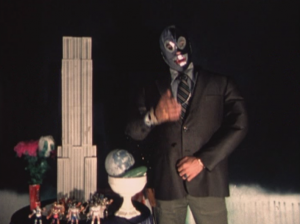
"Siete cortometrajes de Maris Bustamante y Rubén Valencia, integrantes del No Grupo, que indican el acercamiento de artistas plásticos al formato súper 8. Los trabajos del No-Grupo tendieron a hacer una reflexión a la vez lúdica y crítica sobre la naturaleza del arte" Superocheros.
"Seven short films made by Maris Bustamante and Rubén Valencia, members of the No Group, that indicate the interest of artists in the plastic arts to use the super 8 format. The works of the No Group were usually a playful and critical reflexion on the nature of art" Superocheros.
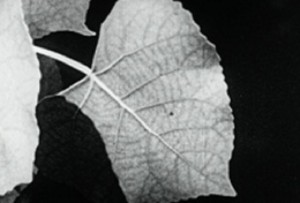
"Portrait of a Young Man, by Henwar Rodakiewicz, ACL, is a triumph of fine photography and sensitive imagination. Abstract in treatment, and speaking through delicately rhythmed scenes of smoke, leaves, grasses, the sea, machinery and the heavens, this film is an attempt to portray in graphic terms a young man's reactions to the beauty, force and mystery of the natural world. In producing the final three reel version, Mr. Rodakiewicz has filmed deliberately toward the one end for more than three years and in many different locales. Although using largely material to be found in nature, he has so transmuted it, by the creative artistry of his selection and control, as to get from each selected scene, not a mere reproduced likeness, but a trenchant and symbolic image. Portrait of a Young Man is beautiful, exciting, workmanlike and distinguished." Movie Makers, Dec. 1932, 538.
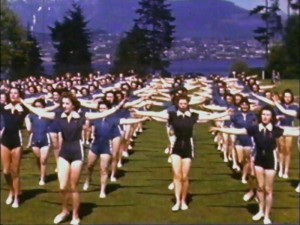
"Young women at Brockton Point, Stanley Park, put on a display of Pro-Rec activities: massed calisthenics, costumed dancing, drill team (brief shots only), more massed calisthenics. The film concludes with a couple of men's tumbling runs." (BC Archives)
One of the regular displays or demonstrations put on in Vancouver by the Provincial Recreation Program ("Pro-Rec"), a community-oriented physical education program administered by the British Columbia Department of Education. Mrs. Hilda Keatley was the Provincial Supervisor for Women. The program operated in many BC cities and towns during the years 1934-1953. (D.J. Duffy)
The filmmaker is not identified.
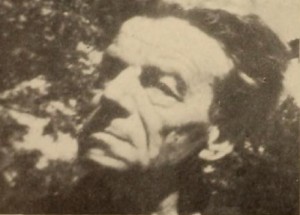
"In this dramatization of James Whitcomb Riley's well known poem for children, Andy Potter chose a perfect character for the leading role. It is his fine acting that bolsters the spirit of the story and outweighs the uneven exposure of a few early scenes. Imaginative camera viewpoints and an interesting musical score give pace to what might have been a tritely sentimental production. Suspense is maintained where it is needed, and the settings, both indoors and out, have been chosen with an eye for variety. Quotes from the poet's verses serve as titles. The Raggedy Man is a sensitive portrayal of childhood pathos and drama." Movie Makers, Dec. 1949, 455.
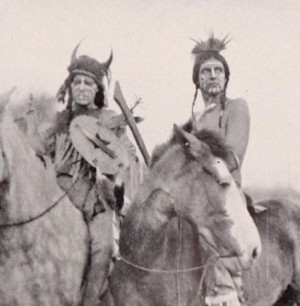
"'Red Clouds Rides Again,' the 8mm picture by Dr. Loscher which was given first prize, was based on a poem that dealt with the pioneers crossing the desert. Its main action had to do with a wagon train being attacked by Indians. The manner in which Dr. Loscher handled this sequence would have done credit to a studio production. With only one wagon, three horses and six people at his command, he made it look like a production employing more in the way of properties and talent. His angles, his composition and his cutting are things for every amateur to observe. His story could have easily become hackneyed by poor cutting and editing, but he kept it moving at a fine tempo." American Cinematographer, Jan. 1936, 24.
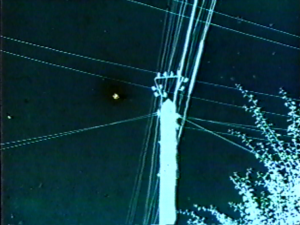
"The little-known experimental film residue 2 credited to one "Angus Hanson," was probably made in 1940s Vancouver or Toronto. (No specific landmarks from either city have been identified.) "Angus Hanson" may have been a pseudonym used by film buff and cineaste Oscar C. Burritt (1908-1974), who worked in Vancouver film before moving to Toronto in 1947. He later worked for CBC Television in Toronto, where he also co-founded, and was very active in, the Toronto Film Society. residue 2 is similar (in content, style and technique) to the experimental film "and-" [ca. 1940-41], made in Vancouver by Dorothy Fowler and Margaret Roberts. Both films combine found footage with hand-painted and scratched film stock. (Note: Oscar Burritt married Dorothy Fowler in January 1942.)"--D.J. Duffy, 2025
"Experimental film. A collage film combining found footage (on mixed film stock) with hand-painted stock and hand-scratched stock leader. No readily identifiable locations are shown." (BC Archives)
"The authorship and origins of this unusual film are not clear. Since it was found in the collection of cineaste Oscar C. Burritt [following his death], it is assumed to have been made by him as a response to the [experimental] film and-, made by his future wife Dorothy Fowler [Burritt]. The Kodachrome stock in the original film has the edge code for 1938; the hidden phrase "Help the people of Denmark" may refer to the Nazi occupation of that country in 1940." (BC Archives)
Some of the found footage used in residue 2 resembles scenes from Oscar Burritt films, including "Three There" and "[Pier D fire, Vancouver]". (D.J. Duffy, 2025)
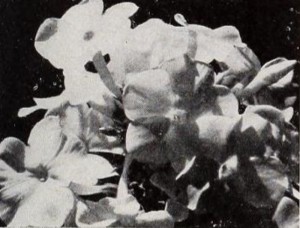
"Revelation indeed reveals the slow, but intense, life of flowers as they unfold. Hans J. Theiler, who built a special mechanism for the purpose, has made time lapse studies of blooms in their determined efforts to find sunlight. Other flowers lose as well as open. The time lapse sequences are preceded by closeup footage of various blooms impeccably filmed. In the chief section of the picture, Mr. Theiler has caught very dextrously the unusual and almost terrifying performances of plants as they carry on their exceedingly active careers. The time lapses are exceptionally smooth." Movie Makers, Dec. 1944, 496.
"A black-and-white silent animation, which Kaneko himself described as a visualization of a musical score, Hungarian Rhapsodie. He experimented with visual geometric abstraction as a means to express the musical score, and this film was his first attempt to use the koma-otoshi technique (the technique being used for time-lapse photography or stop-motion animation)." - Noriko Morisue, "Filming the Everyday: History, Theory, and Aesthetics of Amateur Cinema in Interwar and Wartime Japan" (Yale University: PhD Dissertation, 2020): 99.
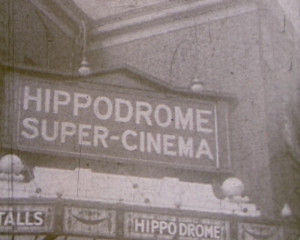
"Amateur filmmaker, cinema historian and railway engineer H.A.V. Bulleid pays tribute to his dual loves of cinema and rail in an experimental short film. Bulleid uses 'metric editing' - the first of Russian director Sergei Eisenstein's 'methods of montage' - in which cuts are dictated by the number and sequence of frames, not what occurs on screen. First, Bulleid pays tribute to cinema, featuring the facades of picturehouses around Derby in static shots, which build to a dazzling crescendo of short shots. The section on trains features longer views of the railyards in operation, with trains shunting and coming into the station, before a final section focuses on trams, following electric streetcars as they move down urban streets" (EAFA Database).
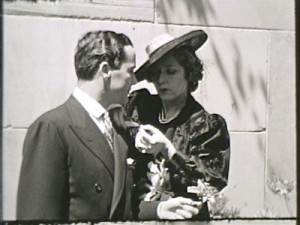
"Black-and-white home movie provides a tour of Rockefeller Center, including scenes of Mary Pickford and Buddy Rogers at a garden event." oldfilm.org
Total Pages: 15